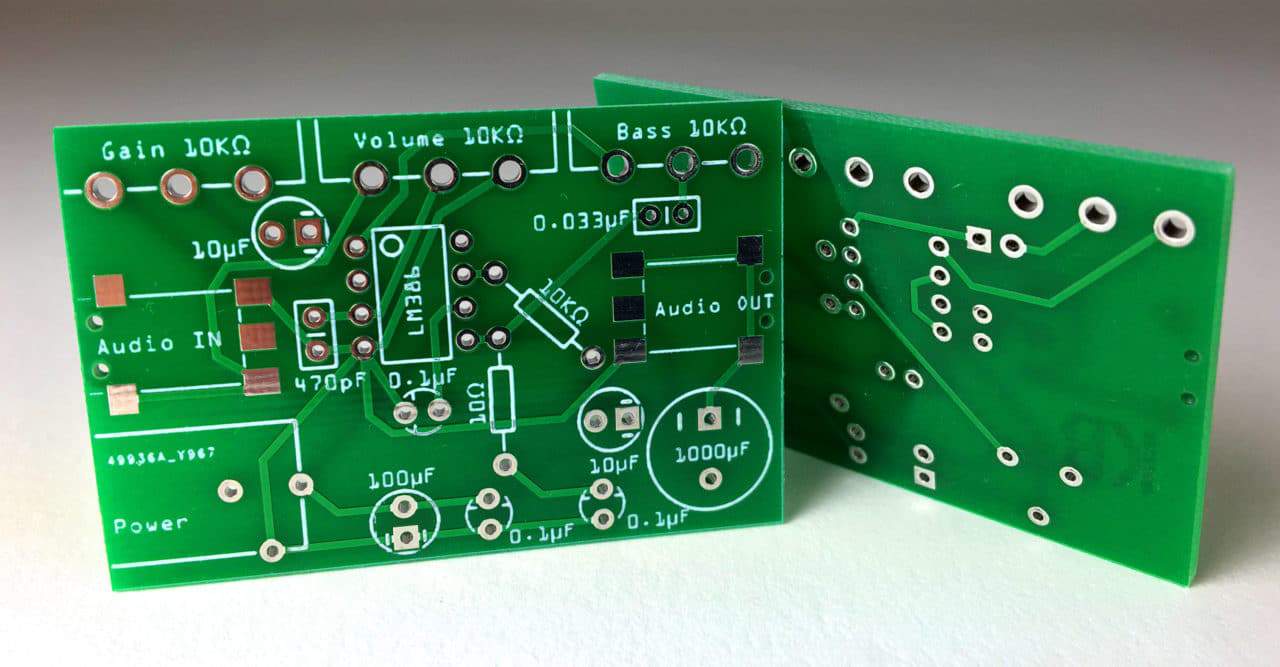
RF and Microwave PCBs: Unlocking the Power of High-Frequency Electronics
In an era marked by rapid technological advancement and increasing connectivity, the role of RF and microwave printed circuit boards (PCBs) has never been more crucial. These specialized PCBs are the unsung heroes behind wireless communication, radar systems, satellite technology, and a wide array of high-frequency applications.
Check out tt to learn more.
This article dives into the fascinating world of RF and microwave PCBs, shedding light on their design intricacies, innovative applications, and the ever-evolving landscape of high-frequency electronics.
The Art of RF and Microwave PCB Design
Substrate Selection: RF and microwave PCB design begins with selecting the right substrate material. Materials like high-frequency laminates (e.g., Rogers RO3000 series) and ceramics are preferred due to their low dielectric constant, low loss tangent, and high thermal stability, all of which are essential for maintaining signal integrity at higher frequencies.
Controlled Impedance Magic: Precision is the name of the game in RF and microwave PCB design. Controlled impedance traces are meticulously crafted to match desired impedance values. This minimizes signal loss, impedance mismatches, and ensures consistent signal propagation.
Copper Thickness: These PCBs often use thicker copper layers to combat skin effect losses and enhance thermal performance. Heavier copper can carry higher current and dissipate heat more effectively.
Transmission Line Prowess: The choice of transmission lines is critical. RF and microwave PCBs commonly employ microstrip, stripline, and coplanar waveguide configurations, each with its advantages. Designers must pick the right one depending on the specific application's requirements.
Ground Plane Excellence: A robust ground plane is indispensable for RF and microwave PCBs. It reduces electromagnetic interference, stabilizes signal references, and provides a return path for signals. Careful consideration is given to solid versus split ground planes based on design goals.
Applications That Rely on RF and Microwave PCBs
Wireless Connectivity: RF and microwave PCBs form the backbone of wireless communication devices such as smartphones, routers, and IoT gadgets. They ensure the seamless transmission of signals across a spectrum of frequencies.
Radar Systems: Cutting-edge radar systems, including weather radar, defense radar, and airport surveillance radar, rely on RF and microwave PCBs for precise signal processing and target identification.
Medical Technology: Advanced medical devices like MRI machines and wireless healthcare sensors use RF and microwave PCBs for high-frequency signal transmission, aiding in diagnostics and treatment.
Space Exploration: In the realm of space exploration, RF and microwave PCBs are indispensable for spacecraft communication, telemetry, and data transmission. Their reliability is critical in the harsh conditions of space.
Automotive Safety: Modern automotive radar systems, including adaptive cruise control and collision avoidance, depend on RF and microwave PCBs to enhance vehicle safety by accurately sensing nearby objects.
Essential Considerations in RF and Microwave PCB Design
Signal Integrity Safeguard: Maintaining signal integrity is paramount. Designers must optimize trace routing, impedance matching, and shielding to minimize signal distortion, loss, and reflections.
Thermal Balance: High-frequency PCBs generate heat. Effective thermal management solutions, such as heat sinks, thermal vias, and strategic component placement, are essential to ensure reliable operation.
EMI/RFI Control: Mitigating electromagnetic interference (EMI) and radiofrequency interference (RFI) is crucial. Shielding, grounding techniques, and proper filtering are employed to achieve interference-free performance.
Precision Manufacturing: High-frequency PCBs demand precision manufacturing with tight tolerances to maintain consistent electrical properties across all boards produced.
Conclusion
RF and microwave PCBs are the unsung heroes behind our interconnected world, facilitating the transmission of high-frequency signals and enabling technological innovations across various sectors. Their design intricacies, including substrate selection, controlled impedance, copper thickness, transmission line configurations, and ground planes, ensure that high-frequency signals travel reliably and efficiently. As technology continues its relentless march forward, the demand for RF and microwave PCBs will only intensify, solidifying their pivotal role in our modern world of electronics.